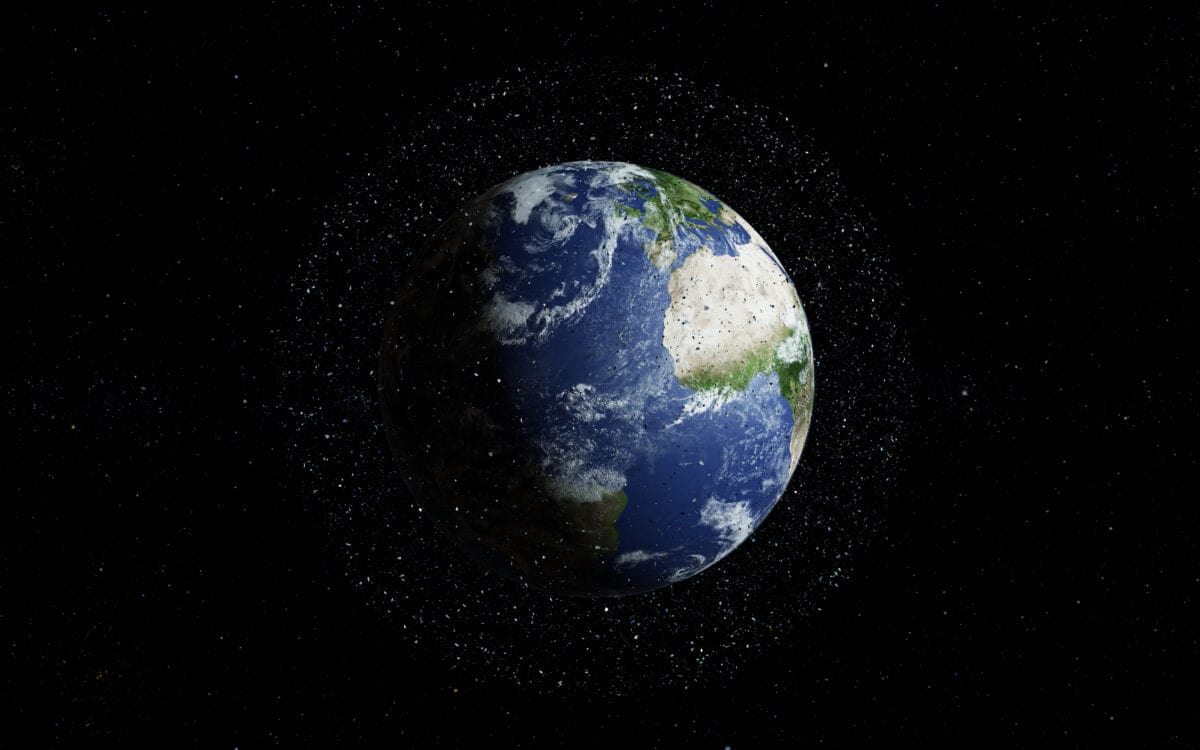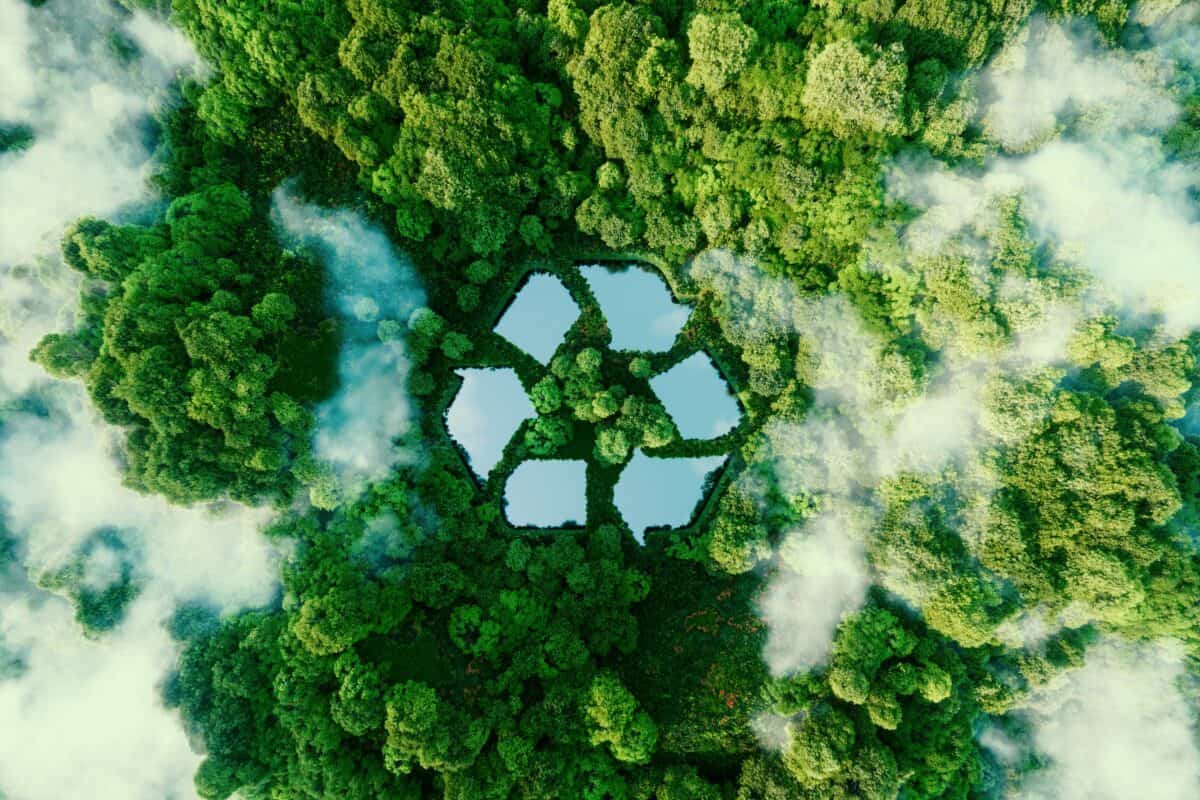Have you ever wondered how much would it cost to buy the world? As humans, we often take Earth’s resources for granted, but astrophysicists stopped to consider the actual cost of our world. So, what if we told you Earth is valued at $5,000,000,000,000,000?
In other words, the Earth costs five quadrillion dollars. That’s a massive number, and you might be wondering where it originated. Let’s explore the true cost of Earth, considering its natural resources, the impact of human activities, and the importance of sustainable practices.
Who Estimated Earth’s Value?
Back in 2009, NASA launched the Kepler spacecraft from Cape Canaveral to begin its three-and-a-half-year planet-hunting mission. The main goal was to find Earth-like planets.
Greg Laughlin was an assistant astronomy and astrophysics professor at the University of California, Santa Cruz, at the time, and is now an astronomy professor at Yale. And he was “completely invigorated” by the mission.
So, he did what any brilliant space geek does (as a family of engineers and NASA alumni, we use the term “geek” with love!) and calculated the costs of terrestrial planets and exoplanets. Next, he shared his formula on his blog.
And then, in a somewhat tongue-in-cheek gesture, he offered a one-of-five limited edition Oklo baseball cap to the first person or team discovering a terrestrial exoplanet, valued over one million USD, using his formula.
Of course, mainstream media didn’t take long to pick up his blog post and share his thoughts about how much the Earth costs. Using his own formula, Laughlin valued Earth’s cost at $5 quadrillion, approximately one hundred times the Earth’s GDP at the time.
How Did Astrophysicists Determine Earth’s Price?
Using Laughlin’s formula to determine the cost of exoplanets found by the Kepler mission, the astrophysicist took into account a newly found planet’s primary star (or the Sun) and its apparent visual magnitude. As a result, he determined that Kepler’s highest-value planetary finds could have around 30 million dollar valuations.

He also accounted for a planet’s habitability in the equation. And those with a lower potential for life got lower marks. Another estimation had the spacecraft finding approximately 100 planets during its 600 million USD mission. So, those numbers factor into his equation, as well.
Applying his math to Mars gave Laughlin a valuation of $13,988, which he said was mainly because of the Sun’s apparent magnitude. But that still made it a hundred times more valuable than the highest-valued extrasolar planet in 2009. Gliese 581c earned a tiny value of only $158.32.
Importance of Understanding How Much the Earth Costs
Of course, there are other ways of estimating how much the Earth costs beyond a dollar value.
- The Value of Earth’s Resources
- Environmental and Cultural Valuations
- The Impact of Human Activities
- Embracing Sustainable Practices
The Value of Earth’s Resources
Earth is rich in valuable resources like minerals, fossil fuels, and forests. These resources provide us with essentials like metals for building, energy for power, and timber for construction. So, the mere cost of felled trees, for example, doesn’t suggest the potential valuation of wood used in homes, buildings, furniture, and decking.
However, sustainable management of these resources is essential to maintaining their value and ensuring their availability for future generations.
Environmental and Cultural Valuations
Another exciting thing to consider is the environmental and cultural valuations of how much the Earth costs. In Stuart L. Pimm’s article, The Value of Everything, he discusses the differences between an economist’s view and an ecologist’s.
For example, he compares the whaling of yesteryear, when fishermen went out with harpoons, to today’s whaling. He says today’s boats go out with loads of camera-laden tourists rather than harpoons to capture the whales digitally or on film. And, as Pimm says, the cultural value of whales far exceeds the price of their meat or oils.

Pimm surmised that the price of boat tickets alone outweighed the sale price of a whale’s meat and oils. But, then, you must consider the whale’s environmental impact on its surroundings.
For example, whales help maintain the abundance of other marine life, some of which may include commercially valuable fisheries.
Looking at how climate change or polluted waters might impact oceans and whales helps humans see where our activities could alter environmental and cultural valuations, thus affecting how much the Earth costs.
Embracing Sustainable Practices
Adopting more sustainable practices helps mitigate the costs associated with Earth’s resources. This means using resources responsibly, reducing waste, and embracing renewable energy sources.
In addition, conservation efforts, such as recycling, reusing, and reducing our consumption, can significantly affect environmental and cultural valuations.
Final Thoughts: How Much Would It Cost to Buy the World?
According to astrophysicist and astronomer Greg Laughlin, the Earth cost five quadrillion USD. It’s an interesting take on the monetary value of our home planet. However, ecologists say Earth’s actual cost goes beyond a dollar amount to include the environmental and cultural valuations.
Ecologists believe that we can contribute to a stronger planet for future generations by adopting sustainable practices, advocating for environmental protection, and spreading awareness.
The image featured at the top of this post is ©solarseven/Shutterstock.com.

